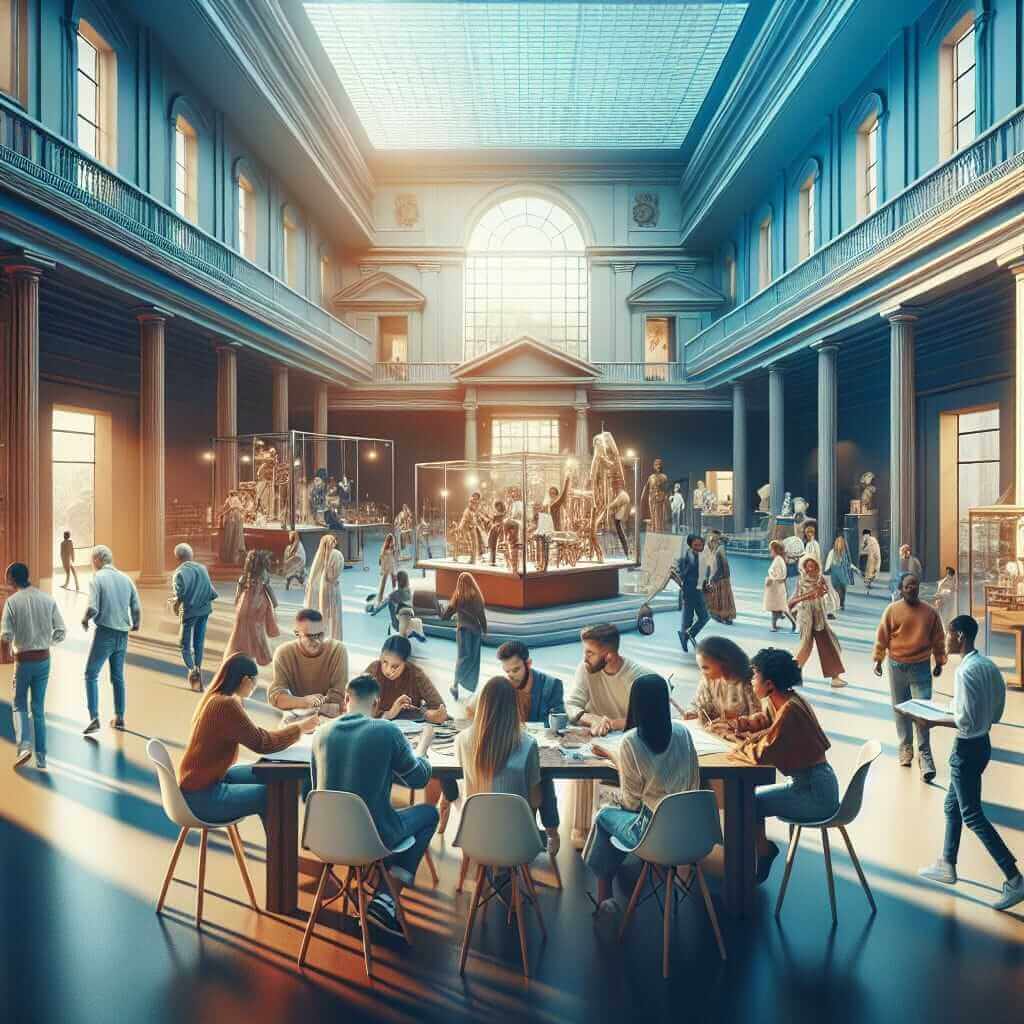The topic “Attracting local visitors to museums and historical sites” has become increasingly prevalent in IELTS Writing Task 2 in recent years. Based on an analysis of past IELTS exams, questions related to this topic frequently appear. Given this trend, it is possible that similar topics will surface in future exams, making it essential for students to prepare thoroughly. Below, we will examine a past IELTS question closely aligned with the keyword “Attracting local visitors to museums and historical sites.”
Selected IELTS Writing Task 2 Topic
Question:
Many people visit museums and historical sites when they travel to foreign countries, but many local people do not visit them. Why do you think this happens, and what could be done to attract more local visitors?
Task Analysis
When breaking down this question, it becomes clear that it comprises two main parts:
- Identifying Reasons: Analyze why local residents tend to avoid visiting museums and historical sites.
- Proposing Solutions: Suggest actionable strategies to encourage more local visits to these attractions.
Both parts must be addressed comprehensively to ensure a well-rounded essay.
Sample Answer for IELTS Writing Task 2
Visiting museums and historical sites is a popular activity among tourists, yet it is often overlooked by local residents. There are several reasons for this phenomenon, as well as strategies that can be implemented to reverse it.
To begin with, one of the primary reasons locals do not frequent museums and historical sites is due to a lack of novelty. Residents might feel that they have ample time to visit these places and, as a result, may continuously postpone such visits. Additionally, the perception that museums and historical sites are primarily tourist attractions can alienate local people. Another significant factor is the engagement level; exhibits and displays may not be frequently updated, leading to a lack of interest among those who have previously visited.
 Local Engagement in Museums and Historical Sites
Local Engagement in Museums and Historical Sites
However, there are several measures that can be taken to attract more local visitors. Firstly, museums and historical sites should strive to stay relevant by updating their exhibits regularly and incorporating elements that are both educational and entertaining. Interactive displays, workshops, and special events focusing on local history and culture can make these sites more appealing to residents. Secondly, offering discounts or free entry to local people can provide an additional incentive. This can be particularly effective if combined with a targeted promotional campaign highlighting the cultural and educational benefits of visiting these sites. Finally, collaborating with schools and local organizations to organize field trips and community events at these locations can foster a deeper appreciation and sense of ownership within the local population.
In conclusion, while a lack of novelty and the perception that museums and historical sites are designed for tourists discourage local visits, proactive steps such as refreshing exhibits, offering incentives, and fostering community engagement can significantly attract more local visitors. By implementing these measures, museums and historical sites can become thriving centers of local culture and knowledge.
Word count: 309
Key Considerations for Writing
Vocabulary and Grammar Notes
- Lexical Resource: Use varied vocabulary related to the topic, such as “novelty,” “engagement,” “exhibits,” “incentives,” and “community engagement.” Imported terms should be contextually relevant.
- Grammar: Utilize complex and compound sentences to demonstrate a range of grammatical structures. Ensure subject-verb agreement and coherence between ideas.
Advanced Vocabulary
- Novelty (n) /ˈnɒv.əl.ti/: the quality of being new, original, or unusual
- Engagement (n) /ɪnˈɡeɪdʒ.mənt/: the action of engaging or being engaged
- Exhibit (n) /ɪɡˈzɪb.ɪt/: an object or collection of objects on public display in an art gallery or museum
- Incentive (n) /ɪnˈsen.tɪv/: a thing that motivates or encourages someone to do something
- Ownership (n) /ˈəʊ.nə.ʃɪp/: the act, state, or right of possessing something
Conclusion
In summary, the issue of attracting local visitors to museums and historical sites is multifaceted, requiring a blend of updated exhibits, engaging activities, and community-centered initiatives to overcome the current disinterest. Looking forward, there is a possibility that similar topics, such as the importance of cultural heritage in tourism or ways to preserve historical sites, may appear in upcoming IELTS exams. Students are advised to practice writing on these subjects to be well-prepared for such questions.


